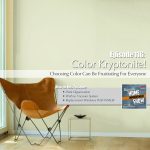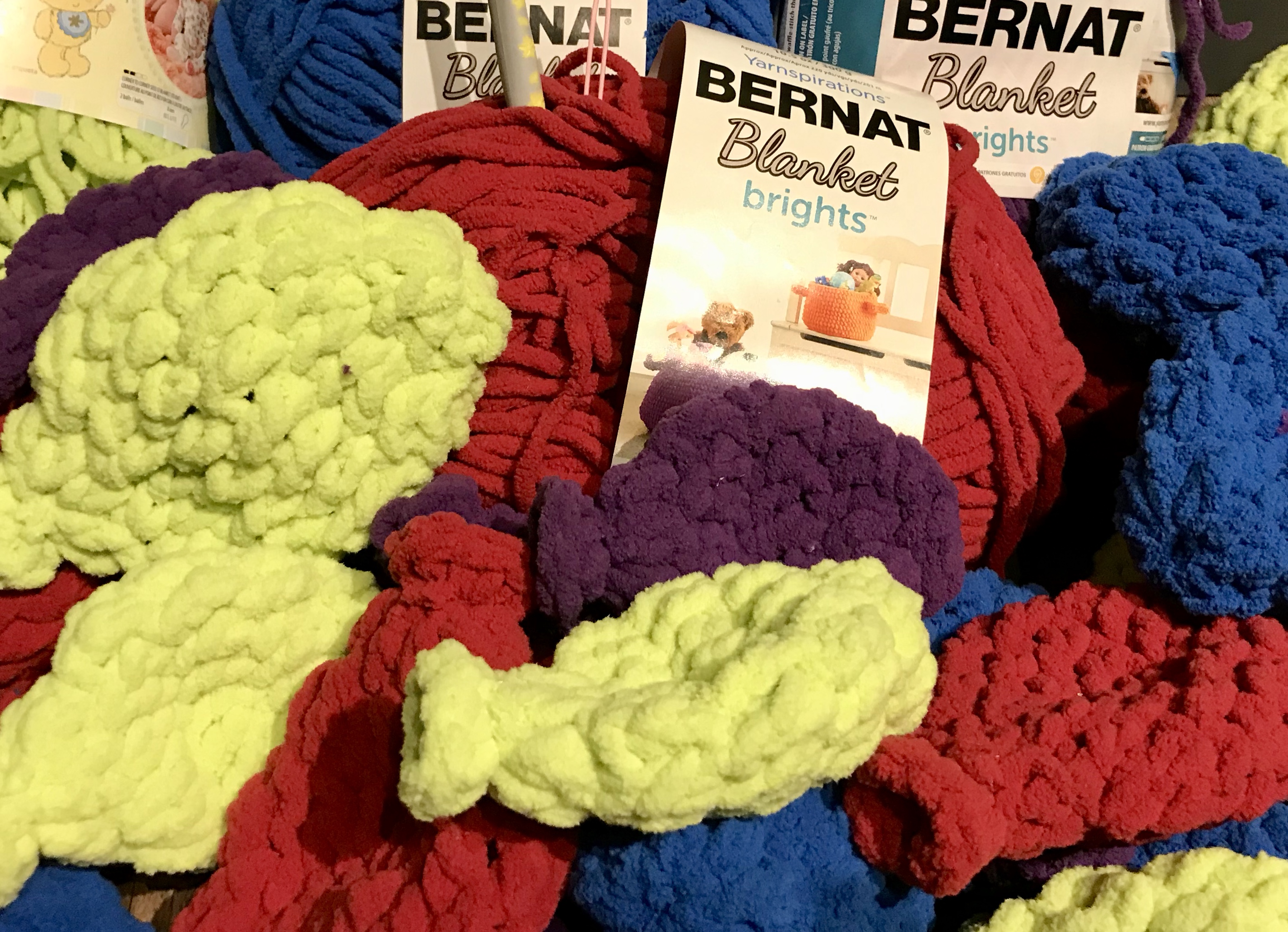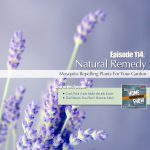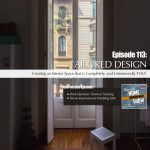LISTEN HERE:
Segment 1: History of Yankee Doodle
Growing up, most of us learned a plethora of patriotic songs that we pulled out of our memories for the 4th of July. This year, we decided to look into the history of a childhood favorite, Yankee Doodle. Do you know what a Yankee Doodle Dandy is? The answer and story behind it may surprise you.
Segments 2 & 3: Multi-Generational Living
We’re hearing about it more and more: multi-generational living. The trick is, how do you get a home to function for all ages under one roof? Derek Anderson, owner of Amber Valley Construction, walks us through some important considerations and even offers advice on a book to read (Boundaries by Dr. Henry Cloud) BEFORE we make the leap.
Segment 4: Projects Using Distressed Wood
Barn wood can be expensive. It can also be tricky to find. And who wants to risk bring all kinds of bugs into their home? But it looks so cool!
Back in Episode 106, we talked about how to make your own barn wood out of new pine planks. Today we’re giving you a few ideas to put that barn wood to good use!









